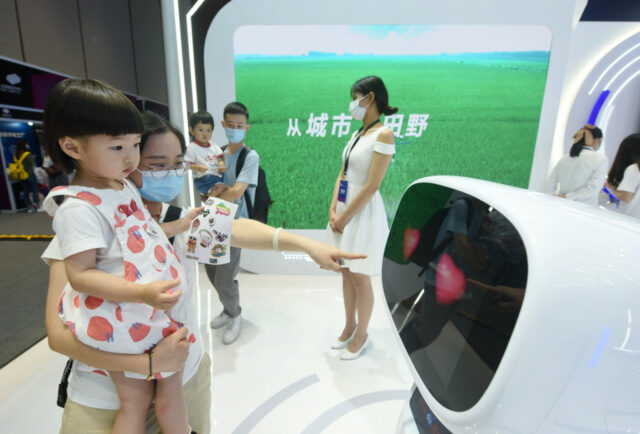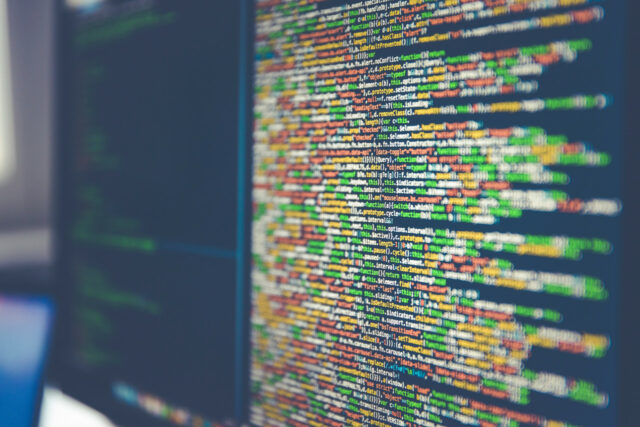Impact investing is not about trends or warm fuzzies, according to Ali Najafbagy. It is about investing in a better future, said the co-founder of Dutch investment fund 4impact.

CV
- Ali Najafbagy is managing partner and co-founder of 4impact Venture Capital, the Hague.
- He has previosly been a consultant at Egon Zehnder in Amsterdam, managing director at Mubadala GE Capital in Abu Dhabi and an M&A specialist at Goldman Sachs in London.
- Najafbagy holds an MSc in Aeronautical engineering from Delft University and an exec. MBA from Harvard.
We caught up with Najafbagy at his home in The Hague, which is just ten minutes by bike from his “thinking buddy” and 4impact co-founder Pauline Wink.
How did 4impact come about?
“After 15 years abroad, I came back to the Netherlands with my wife in 2016 to raise our twin boys here and to be close to our families. I got a taste for innovation and entrepreneurism during my executive MBA at Harvard Business School. In 2017 I started exploring with Pauline how we could make a difference to people and the planet by setting up our own company.”
“I always loved the power of tech – perhaps a legacy of my engineering studies. So did Pauline, who is also an engineer, and she just knew the investment world inside-out. So 4impact was the natural coalescence of these strengths. We started raising money in early 2018 and 4impact’s fund was set up in early 2019.”
Was it really that smooth?
“Hah! Well, truth be told, it was an awakening. We both thought with our solid tech4good investment vision, CVs and deal-making experience that fundraising would take time but would go smoothly. Wrong.”
“We underestimated local factors. Pauline had also worked abroad for over a decade and we’d been away from home for so long that we sometimes felt like strangers in our home country.”
“It matters a lot if you have worked with people locally who provide good references. Things like who to know and how to knock on doors was tougher than we anticipated, but it worked out. It was the best decision we’ve made.”
How do you manage investor expectations?
“We’re realistic and clear about the timeline needed for ‘impact’ and financial returns to emerge. Financial returns are expected around seven years after the start of the fund.
On impact, I explain it using the European Venture Philanthropy Association’s model of inputs and activities leading to outputs, outcome and finally, impact.
The example goes that if you sell children’s books in a country with high illiteracy it is both a business and a potential impact venture. Schools buy them and the ‘output’ is the number of books sold. The ‘outcome’ is that kids learn to read. But the ‘impact’ over time is that they find work and support their families and the economy.”
How do you blend the social and environmental in your tech4good profile?
“It needs to be a core part of the mission and vision of the venture before we meet with them. So blending it in is more about institutionalising and measuring it, and helping to avoid impact mission drift.
Each business we invest in has, or creates, an Impact Thesis that describes their theory of change, the UN sustainable development goals they contribute to and key performance indicators (KPIs) to – ultimately – measure impact. The ventures report on these KPIs monthly or quarterly and we track their progress as the impact increases.”
What trends and challenges are you seeing in impact investing?
“Impact investors have a growing responsibility and we need to be twice as thorough. For example, energy consumption driven by technology is really under scrutiny.
Cryptocurrencies are a good example and are on the radar due to their energy consumption. A Cambridge University study compared Bitcoin’s power use to the annual energy consumption in my country, The Netherlands.
In itself, energy consumption isn’t bad; it depends on where it comes from, and also the societal and environmental good that it helps to feed. So, examples are being cherry-picked and we need to ensure the story is complete and put into context.”
Any myths about impact investing that need debunking?
“It used to be that impact investing is going to make less money. But we’re over that hump. One small peeve is that the word impact investing is being overused and is over-hyped.
Not all funds are as impactful as they might claim, especially the larger funds. If they’re doing it well that complements us and it’s good for momentum in the whole impact sector. They’re not crowding in because they’re representing different asset classes than us as venture capitalists.
In the end, impact investing needs to be well understood across the whole spectrum. It’s not about trends or warm fuzzies. It is about investing in a better future.
And if we fail at this, impact investing will go from something increasingly well-recognised to a niche or closer to philanthropy, which is not what we do. We have a real opportunity and responsibility to make impact investing the standard.”
Learn more
Report: McKinsey Global Institute’s 2019 paper [PDF] on tech4good







